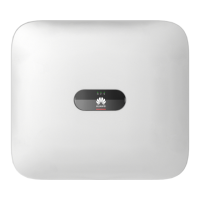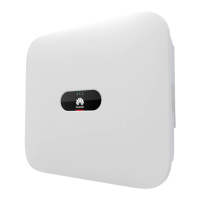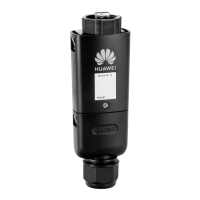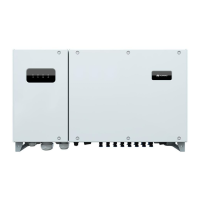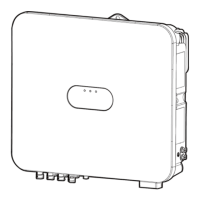LUNA2000-200KWH-2H1 Smart String ESS
User Manual
Copyright © Huawei Technologies Co., Ltd.
1.
Reselect the site if the safety distance for a site cannot meet the requirements of relevant national
standards.
2.
If no more suitable site is available, you are advised to install firewalls that provide at least 3-hour
protection. In addition, the space requirements for equipment transportation, installation, and
maintenance must be considered.
3.
According to T/CEC 373-2020, the length and height of the firewalls should exceed the outer
contour of the ESS container by 1 m, respectively. According to NFPA 855-2020 Standard for the
Installation of Stationary Energy Storage Systems, when there are independent firewalls that provide
1-hour protection, the distance can be 914 mm.
Do not select the sites that are not recommended by industry standards and regulations,
including but not limited to the following areas:
Areas with sources of strong variation, loud noises, and strong electromagnetic
interference
Areas with dust, oil fumes, harmful gases, and corrosive gases
Areas with corrosive, flammable, and explosive materials
Areas with existing underground facilities
Areas with adverse geological conditions such as rubbery soil and soft soil layer, or
prone to waterlogging and land subsidence
Under a reservoir, water landscape, and water room
If areas prone to waterlogging cannot be avoided, install water blocking and drainage facilities or raise
the ground.
Areas prone to earthquakes
Areas prone to debris flow, landslide, quicksand, karst caves, and other direct hazards
Areas within the mining land subsidence (dislocation) zone
Areas within the scope of blasting hazard
Areas prone to flood due to a dam or levee failure
Protection areas for important water supply sources
Protection areas for historic relics
Populated areas, high-rise buildings, and underground buildings
Urban intersections and high traffic areas
Requirements for flood and waterlogging prevention in site selection:
The site design elevation of a large-scale electrochemical energy storage system (power
≥ 100 MW) should be higher than the flood level with a probability of 1% or the
historical highest waterlogging level.
The site design elevation of a medium- or small-scale electrochemical energy storage
system (power < 100 MW) should be higher than the flood level with a probability of 2%
or the historical highest waterlogging level.
If the site design elevation cannot meet the preceding requirements, change the site
location or take different flood and waterlogging prevention measures based on the site
requirements.
For energy storage plants prone to wind and waves from rivers, lakes, and seas, the
elevation of flood prevention facilities should consider the wind and wave height with a
probability of 2% and an additional safety height of 0.5 m.

